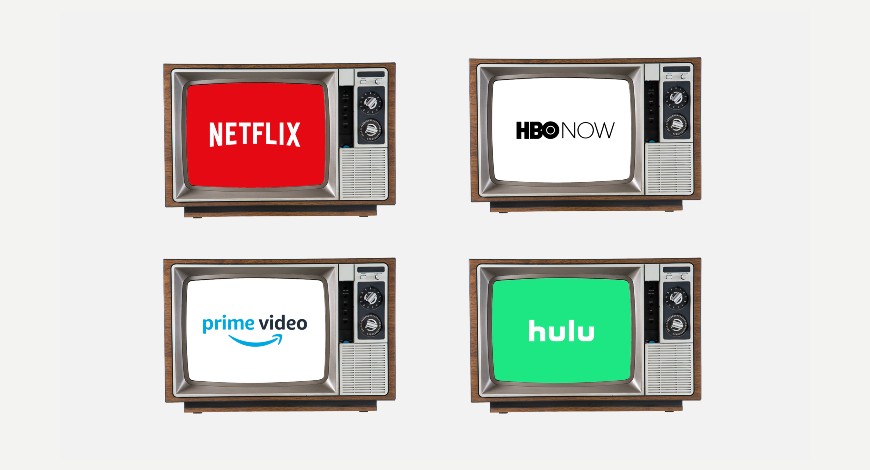Trends
Streaming hasn’t killed cable yet, survey finds

TiVo — which, yes, is still a thing — has released its “Video Trends Report” for the fourth quarter of 2021. It surveyed 4,547 adults in the U.S. and Canada.
While there’s nothing earth-shattering in the report — called “Finding Balance in the Great Rebundling” — it’s still an interesting look at how a selection of folks are managing their entertainment choices going into 2020, and it’s worth perusing the full report. Cable is still around. There are more streaming services than ever. And while plenty are willing to pay for their content, advertising-based services that feed free shows are doing just fine.
Here are some of the major takeaways we saw:
- The report didn’t give a breakdown of the age of respondents. Some of the answers seemed to skew older, but that’s just a gut feeling. Adjust your assumptions accordingly.
- Respondents had an average of 8.9 services.
- Three-fourths of those in the survey also subscribe to “Pay TV,” which really means cable or satellite. And it was the usual suspects — Comcast, AT&T, Charter, Verizon, Bell, Dish Network, etc. 9% of those Pay TV customers don’t have broadband internet. So while streaming is certainly growing, it also still has a long way to go before it completely supplants cable and satellite.
- Of the 74% who have Pay TV, you’ll find nearly 10 different services at work. The most popular breakdown also included Netflix, Amazon Prime Video (free, as well as purchases and rentals), and short videos on YouTube. The next highest grouping threw Disney+ into the mix. Interestingly, Apple TV+ was nowhere to be found in the Top 10.
- 19% already got rid of Pay TV. But 26% came back from cord cutting, mostly in New York or California. (Chances are they’re more likely to have choice, particularly if in a major metro area.)
- Live TV streaming service (also referred to as vMVPD, or virtual multichannel video program distributor) subscribers paid $55.65 per month on average. This is services like Hulu With Live TV and YouTube TV. But what’s interesting is that the average price is lower than the minimum amount you’d pay Hulu or YouTube TV. Note that’s likely due to Sling (minimum $35 a month) and Philo ($25 a month) dragging down the math.
- 65% of respondents are willing to watch ads for free content. That’s on services like Hulu or HBO Max (which have options to pay more to get rid of ads), or Tubi, Pluto TV, The Roku Channel, Peacock, or Amazon Freevee (formerly known as iMDB TV). Whether that means Netflix might one day do an ad-supported version remains to be seen.
- 75% preferred watching on an actual television. Of that group, 72% were watching Pay TV, another 49% were livestreaming.
- Top smart TVs bought in the previous six months: Samsung (40%), LG (17.5%), Sony (9%), TCL (6.5%), Vizio (6%), Hisense (6%)
- 61% own a dedicated streaming media player. Roku has a slight lead over Amazon Fire TV at about 31% to 30%; Apple TV is at 19%.
- Only a third use voice commands, mostly to search for a specific program.
So cable is still here. Streaming is still growing. And it’s likely going to be a while before one kills the other, if ever. Digital Trends






You must be logged in to post a comment Login